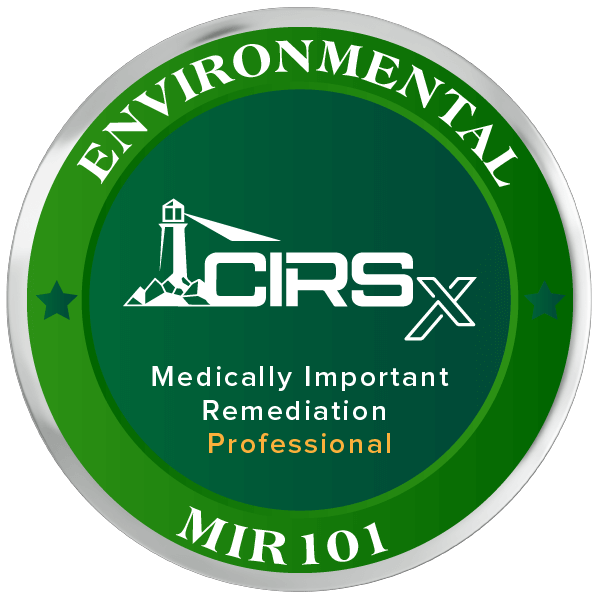Healthcare Professional
Incredible benefits of ordering tests through us rather than directly with labs.
Please contact us for info
We specialize in assessing and reducing risks associated with contaminated properties that may be responsible for unresponsive or chronic inflammatory symptoms. By collaborating with you, we can, when requested, target specific triggers and contaminants linked to symptoms. Alternatively, we can provide details on the contamination found and offer support to assist in your diagnosis.
In addition to identifying triggers and causes, we provide professional guidance on risk reduction, helping you evaluate triage benefits and the most economical path forward, using our services or others.
Building Forensics partners with international laboratories, clinics, and specialized services, passing these benefits onto you through reduced fees and additional opportunities.
Recognized as the most established and qualified mould experts in the UK, we provide up-to-date information on international best practices. We also offer free training on contamination assessments and remediation.
We provide detailed training and information to assist you if requested
What is decontamination?
The term decontamination is generally used to describe the process of removing all substances present which can cause harm. Unfortunately, with water damage and mould, the contamination can include bacteria, chemicals mould spores, fragments mycotoxins and VOCS. In fact, there are over 30 specific contaminates likely to affect your health.(see our consensus document)
While some decontamination techniques would resolve all these issues, they can be at the top end of expensive protocols. Put simply, the higher the level of decontamination and evidence required, the more expensive it’s going to be.
The industry decontamination standard to medically sound requires fine particle cleaning of surfaces and air, is likely to cost five figures and almost certain to fail on its first clearance testing.

Risk reduction decontamination
Why Air cleaning to reduce building related illness is imperative?
What is Air Scrubbing?
How sick you are?
What your budget is?
If you have MCS (Multiple Chemical Sensitivity)
Mould Decontamination (risk reduction)
1. Mechanical
1. Mechanical
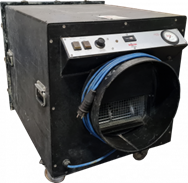
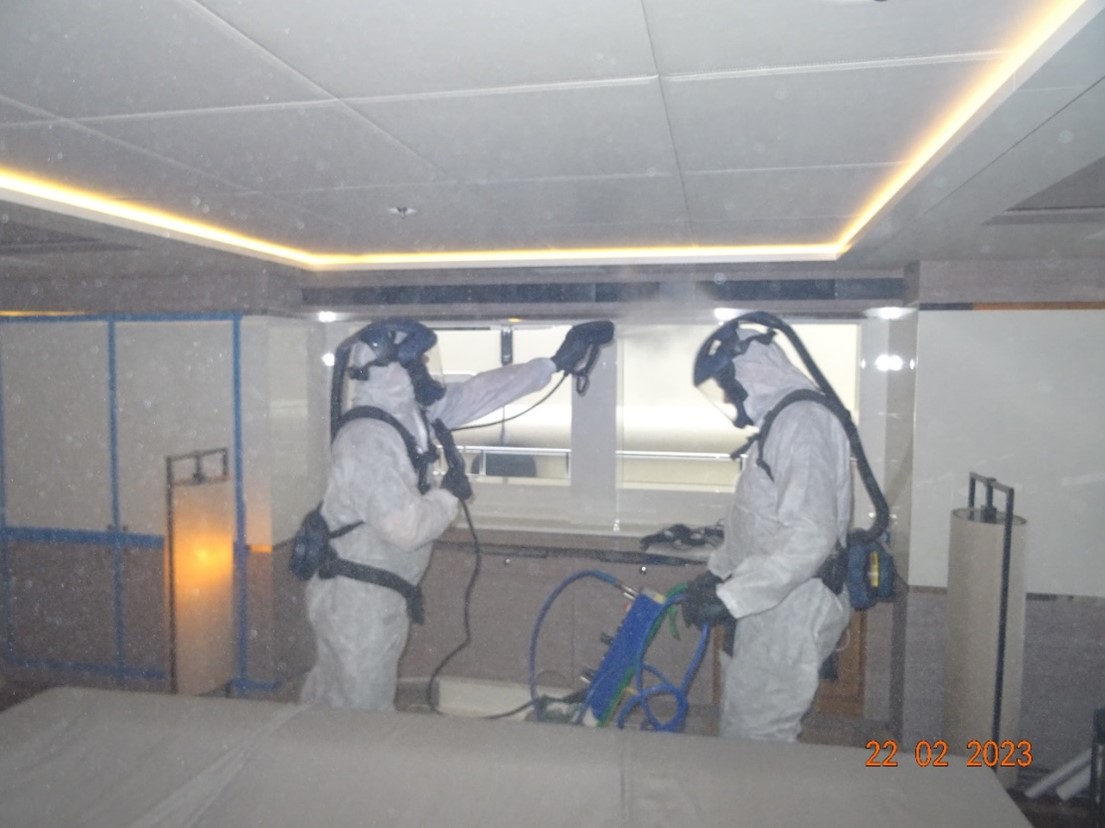
2. Chemical neutralising
3. Chemical Bio Static


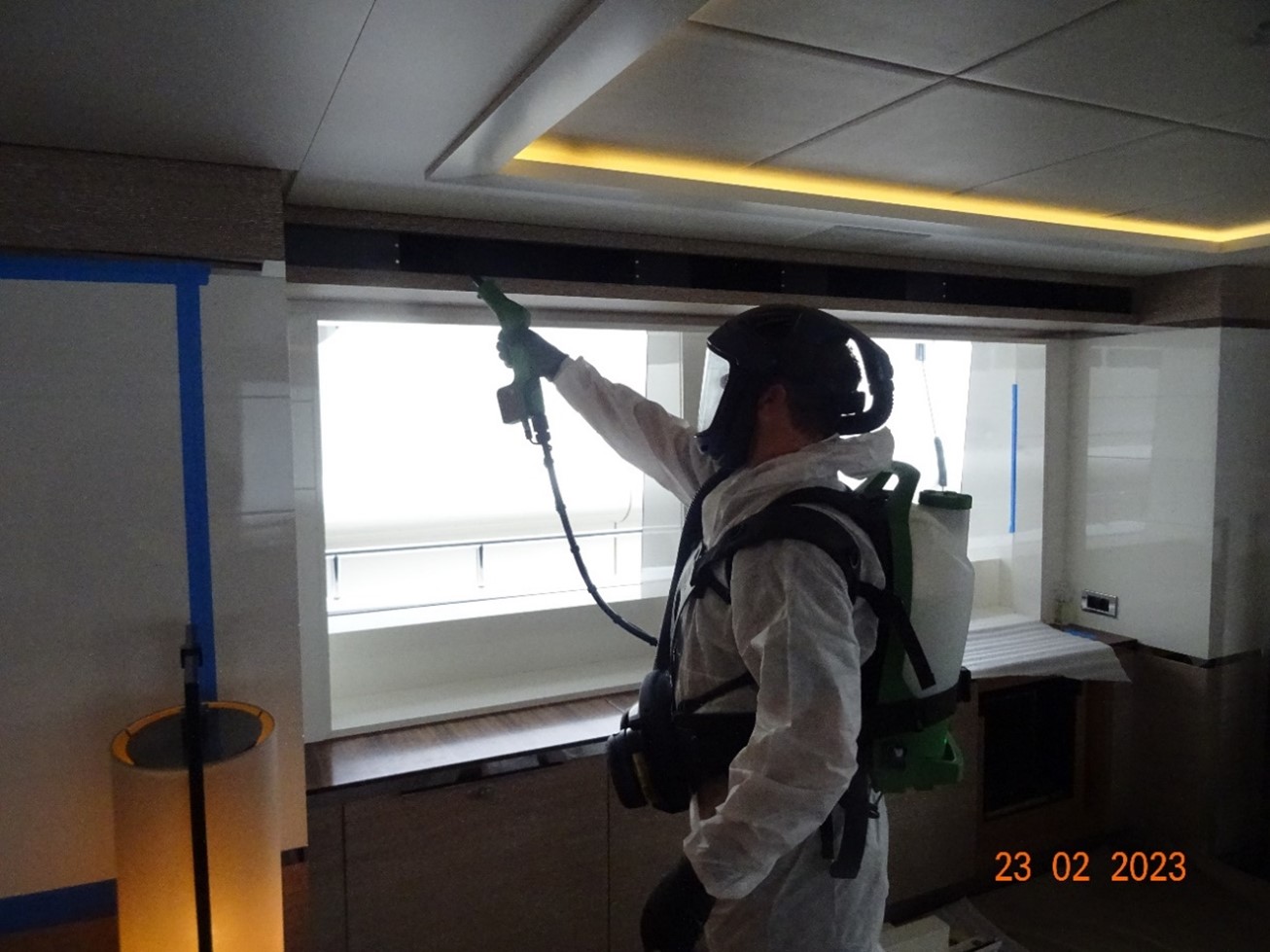
- Aspergillus niger
- Mucor sp.
- Aspergillus fumigatus
- Tricophyton mentagrophytes
- Aspergillus versicolor
- Tricophyton interdigitalie
- Aspergillus flavus
- Trichoderma flavus
- Aspergillus terreus
- Chaetomium globusum
- Penicillium chrysogenum
- Rhizopus nigricans
- Candida albicans
- Penicillium variabile
- Penicillium albicans
- Cladosporium herbarum
- Penicillium citrinum
- Aureobasidium pullulans
- Penicillium elegans
- Fusarium nigrum
- Penicillium funiculosum
- Fusarium solani
- Penicillium humicola
- Gliocladium roseum
- Penicillium notatum
- Stachybotrys atra
- Algae
- Yeast
- Saccharomyces cerevisiae
4. Electrostatic
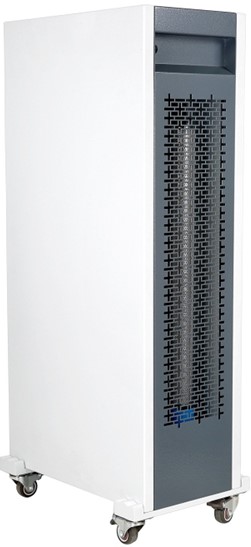
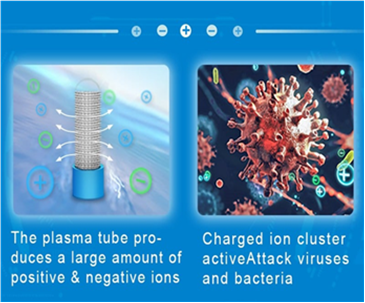
5. Medically Sound air scrub
Chemical air cleaning No Access to property for 4 hours post treatment.
he Airscrub process by Building Forensics is a chemical process which causes particulates to fall from the air. Sodium Borate based chemical is fogged into the air at a size of droplet that will encompass target particles and cause them to coagulate. A second chemical is fogged into the air and this causes the particles to flocculate or precipitate, basically fall out of the air due to their additional size and weight.
This produces a sacrificial glycerine film on horizontal surfaces which locks the contamination onto surfaces, decaying after 3-4 days. This delay provides the client a period to remove the sacrificial film and with it the settled contamination.
The client role in decontamination
Most clients have medical issues with mould, but we encourage them to take part in the Airscrub process because they are more likely to complete an effective clean up after the Airscrub process has been misted. Because the process is simply removing a dry film by wiping wearing gloves this is not considered a high-risk factor. Of course, you can hire people to clean up but you may need to monitor them. Moisture sensitive contents (TVs -paintings etc ) should be covered or removed. The sacrificial film which will decay after 3 or 4 days. If the film is not removed within this window, the fallen spores and detritus may re aerosolise and it is imperative thorough cleaning is undertaken to prevent re contamination.
Building Forensics only undertake the misting of the Airscrub air cleaning product but do not undertake the cleaning and removal of fallen detritus (spores) as this is labour intensive.
Protection (polythene) may be laid by the client prior to the air scrub process, and this will reduce clean up time as it can simply be rolled up and disposed. It should be noted any contamination under the sheeting will not be removed or treated within the process but remember this is an air cleaning process.
We recommend wiping down with cheap SWIFFER cloths turning to open and fold the multi fold disposable swabs. This prevents cross contamination or spreading contaminates.
Swiffer cloths are available online and in major stores and are low-cost disposable paper wipes.
The cleaning must be meticulous with every square inch being cleaned. This may require dedicated or professional cleaners used to cleaning areas with monitored results.






